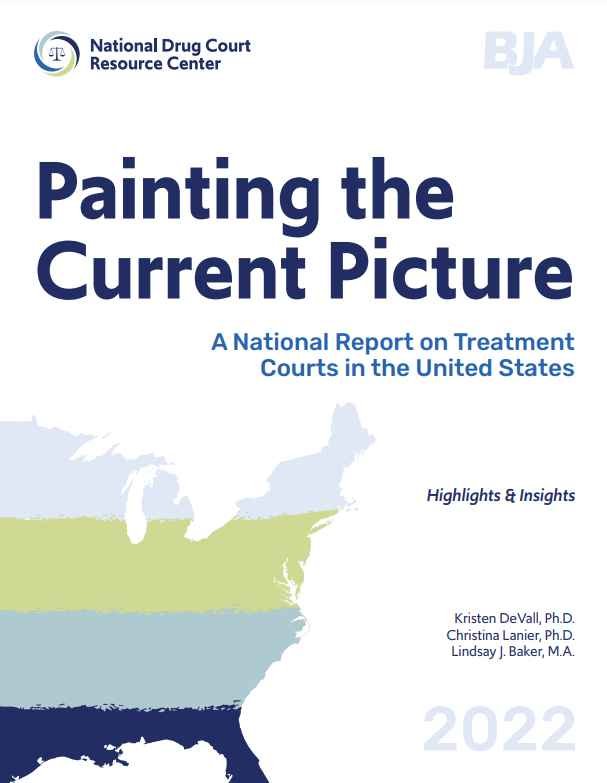Benjamin W. Fisher, Anthony Petrosino, Hannah Sutherland, Sarah Guckenburg, Trevor Fronius, Ivan Benitez, Kevin Earl
Background
School-based law enforcement (SBLE) has become a common intervention. Although SBLE is meant to make schools safer, critics suggest it may not accomplish this purpose, and may have unintended negative consequences such as increasing students’ exclusionary discipline or contact with the criminal justice system. There may also be secondary effects related to perceptions of the school or student learning.
Objectives
The purpose of this review is to synthesize the literature evaluating the use of SBLE, including outcomes related to (a) crime and behavior problems; (b) perceptions of safety; and (c) learning.
Methods
We conducted a systematic literature search to identify studies that examined outcomes associated with SBLE use. Eligible studies used experimental or quasi-experimental designs; included samples of students, teachers/staff, schools, or school districts; reported on a policing strategy focused on crime prevention or school safety that did not involve officers teaching a curriculum; included a measure that reflects crime and behavior problems, perceptions of safety, or learning; and were in a primary or secondary school. Following a multi-stage screening process to identify studies eligible for inclusion, we estimated a series of meta-analytic models with robust variance estimation to calculate weighted mean effect sizes for each of three main categories of outcomes and commonly occurring subsets of these categories. We examined heterogeneity in these estimates across features of the primary studies’ design.
Results
The search and screening process yielded 1002 effect sizes from 32 reports. There were no true experiments, and the quasi-experiments ranged from strictly correlational to permitting stronger causal inferences. SBLE use was associated with greater crime and behavior problems in studies that used schools as the unit of analysis. Within this category, SBLE use was associated with increased exclusionary discipline among studies that used both schools (g = 0.15, 95% confidence interval [CI] [0.02, 0.27]) and students (g = 0.003, 95% CI [0.002, 0.003]) as the unit of analysis. SBLE use was not associated with any measures of crime or violence in schools. SBLE use was associated with greater feelings of safety among studies that used schools as the unit of analysis (g = 0.18, 95% CI [0.13, 0.24]), although this estimate was based on only seven effect sizes from two correlational studies. All the other models, including those examining learning outcomes, yielded null results. None of the moderators tested showed meaningful relationships, indicating the findings were consistent across a variety of study design features.
Authors’ Conclusions
This study's findings provide no evidence that there is a safety-promoting component of SBLE, and support the criticism that SBLE criminalizes students and schools. Although we found no evidence of differences across methodological features, risk of bias in the primary studies limits our confidence in making causal inferences. To the extent that the findings are causal, schools that invest in strategies to improve safety will likely benefit from divesting from SBLE and instead investing in evidence-based strategies for enhancing school safety. Schools that continue to use SBLE should ensure that their model has no harmful effects and is providing safety benefits.
Campbell Systematic Reviews, Volume19, Issue4
December 2023





















